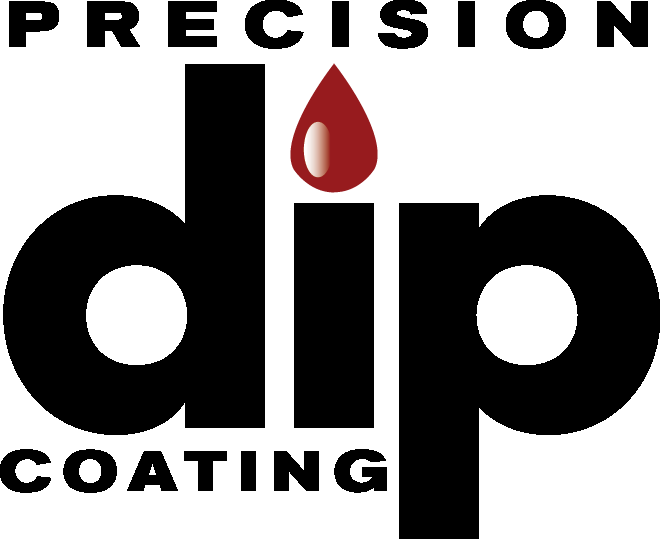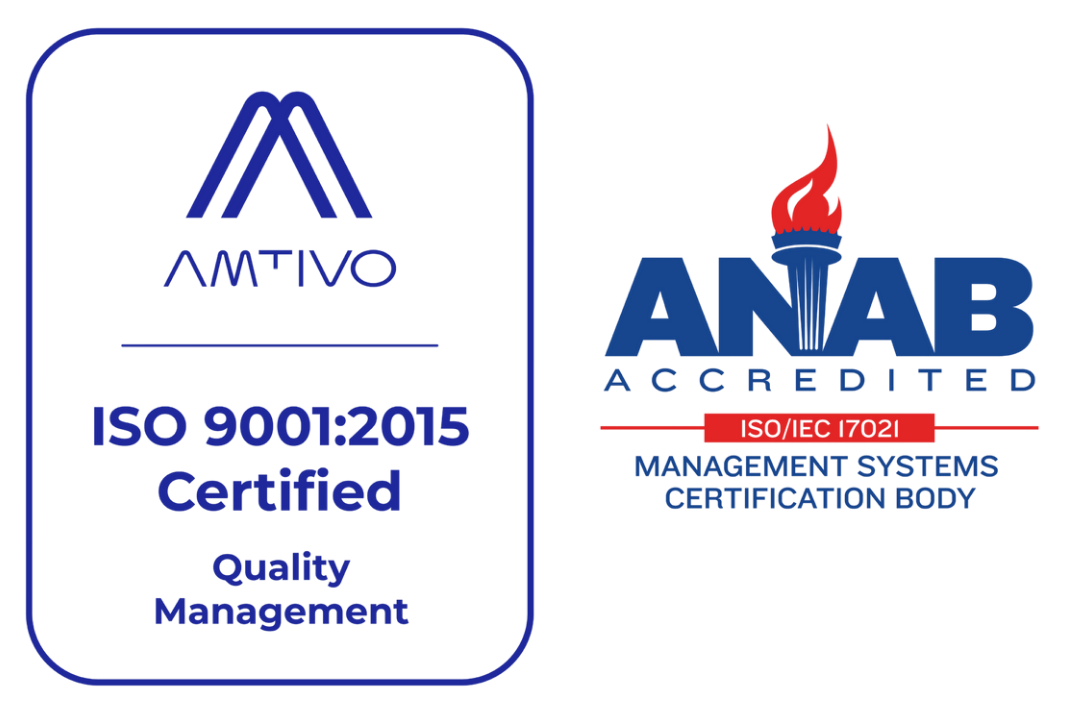Plastisol Coating: Hot Dip vs. Cold Dip

Plastisol coatings are some of the most versatile in the business, with a soft, rubbery feel and excellent resistance and performance. Created from polyvinyl chloride (PVC) with some added plasticizers to make it more flexible and stretchy, plastisol can be made in virtually any color, in varying thicknesses, and with a range of textures and finishes. Additives and alternative formulations offer additional characteristics and qualities such as being antibacterial or phthalate-free. Plastisol can be molded or sprayed, but is most commonly used as a dip coating, which can be applied cold or heated.
Hot Dip Plastisol Coating
For hot dip plastisol coatings, the substrate to be coated is preheated, dipped fully or partially in the liquid plastisol one or more times, then heated to cure the coating. For hot dip coatings, the hotter the substrate, the thicker the coating will be. The hot dip process can create thick coatings, generally from 1/16" to 1/4" thick. Hot dip plastisol coatings are most often applied to metal substrates such as tool handles, equipment, and items exposed to the elements outdoors.
Cold Dip Plastisol Coating
Cold dip plastisol coatings are less commonly used, and are achieved by dipping an unheated substrate in liquid plastisol as many times as needed to reach the desired coating thickness. As with hot dip coatings, parts must be heated at least briefly afterwards to cure the coating. Cold dip coatings are effective when a substrate can't tolerate preheating, such as fabric or wood, and can offer thinner coatings than hot dip applications. Cold dip applications include such items as belts and tarpaulins.
At Precision Dip Coating, we have decades of experience working with plastisol and other plastic resins and bring that expertise to every project we undertake.
Contact us today to see how we can help make your product come to life.







